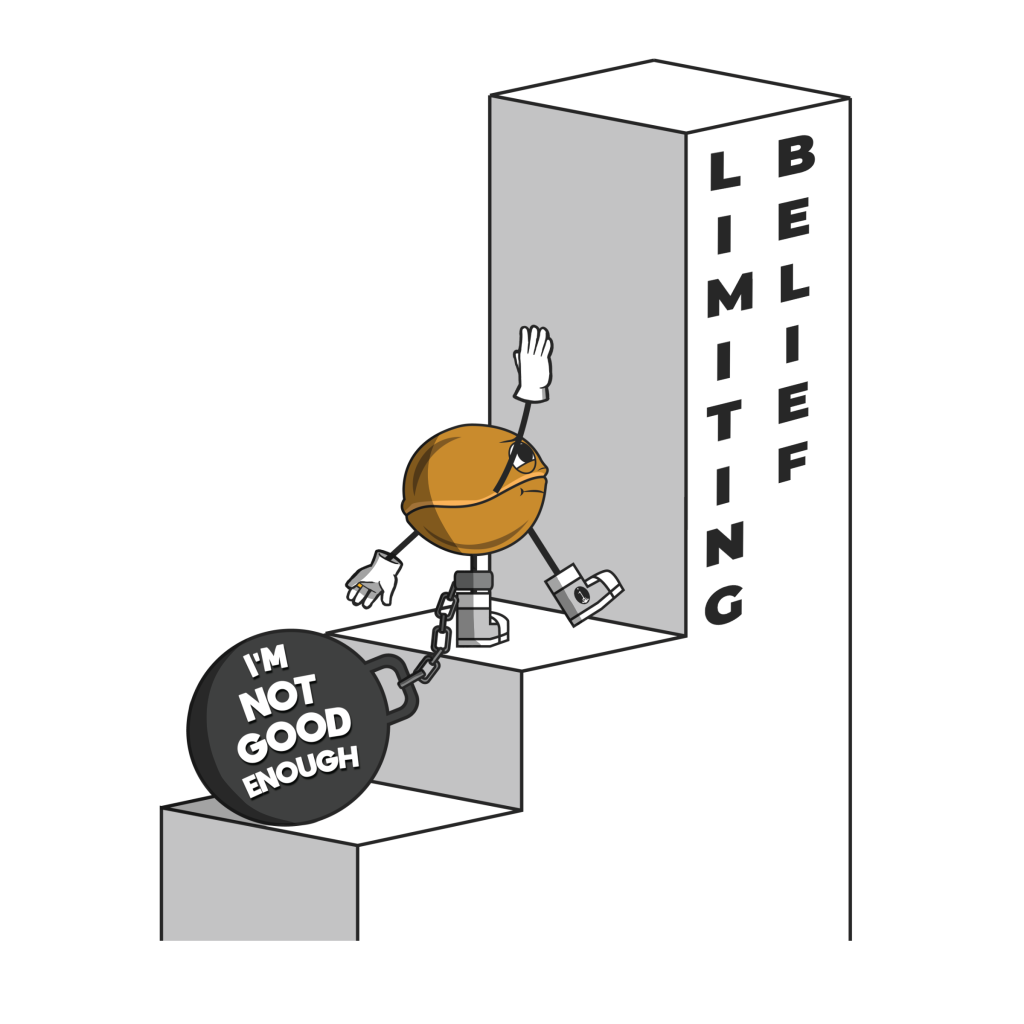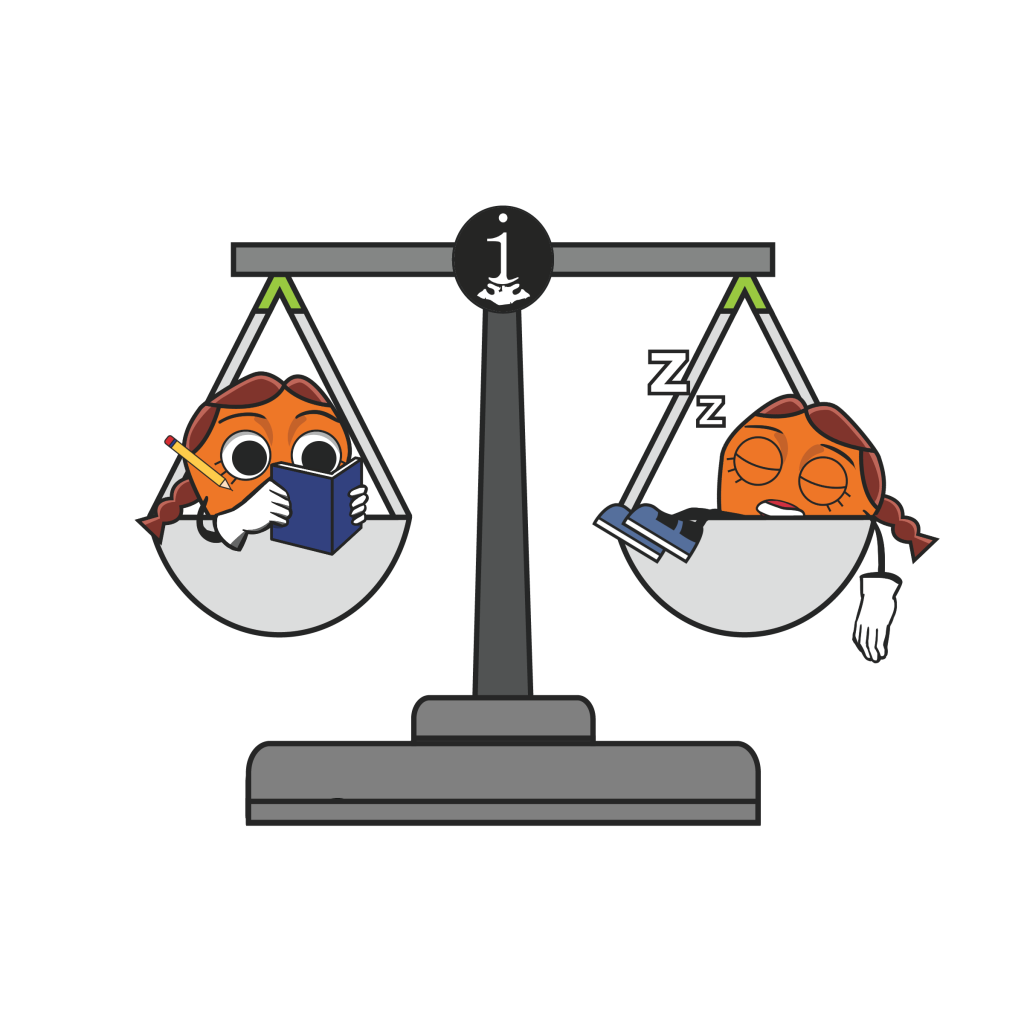A Self-Fulfilling Prophecy is when we unknowingly create the exact situation we are afraid of.
This common phenomenon is caused by Limiting Beliefs and Dysfunctional Needs because when they combine we get caught up in a vicious circle of thought, emotion, and action. For example, if you have the belief “I’m incapable” then the Dysfunctional Need “I have to be perfect” or “I have to avoid” develops.
Therefore, you become afraid to try new things and end up truly incapable because you missed out on the opportunities to learn the new skills necessary to BECOME capable. Another example is if you believe “I will be rejected/abandoned” then you will constantly require validation and reassurance to feel secure in your relationships. If that validation isn’t received, you may instigate a fight in your relationship, causing your partner to leave you, and the exact circumstance you feared (being rejected/abandoned) has come true. Your prophecy has thus been fulfilled.
The concept of a self-fulfilling prophecy, first introduced by sociologist Robert K. Merton in 1948, refers to a prediction that directly or indirectly causes itself to become true. It is a phenomenon by which a person’s expectations about a situation or another individual can influence their behavior, thereby shaping the outcome to align with those expectations. The link between self-fulfilling prophecy, limiting beliefs, and therapeutic results, forms a fascinating intersection of psychology and sociology.
Limiting beliefs are self-imposed constraints that individuals place on themselves. These beliefs often stem from early life experiences and societal norms, forming an internal narrative that dictates what an individual believes they can or cannot achieve. They tend to act as a brake, holding back potential, limiting aspirations, and shaping decisions and actions. When individuals hold limiting beliefs, they often create self-fulfilling prophecies, since they act in ways that confirm these beliefs, thus generating outcomes consistent with their expectations. For example, someone who believes they are not smart enough to succeed academically may not study effectively or may experience high anxiety during exams, both of which could negatively impact their performance.
The crux of the matter is, limiting beliefs become self-fulfilling prophecies not because they are inherently true, but because the belief in their truth alters individuals’ behaviours and decisions, shaping the reality to match the prophecy. Unfortunately, such beliefs often limit the potential for personal growth and the ability to take advantage of opportunities.
On the other hand, therapeutic interventions, such as cognitive-behavioural therapy (CBT), often aim to disrupt this cycle by helping individuals recognize, challenge, and change their limiting beliefs. Therapists work with individuals to untangle the complexities of their thoughts and help them understand how their beliefs shape their actions and, consequently, their outcomes. Therapeutic outcomes can thus be significantly influenced by these beliefs and the extent to which individuals can overcome their limiting notions.
Take, for example, a person suffering from social anxiety who holds the limiting belief that any public speaking event will inevitably result in humiliation. In therapy, this individual would be guided to challenge this belief and understand that it’s not the event itself causing their distress, but their perception and expectation of it. They would then work on developing more balanced and realistic beliefs, along with coping strategies for managing anxiety.
This change in perception could, in itself, create a new kind of self-fulfilling prophecy.
By fostering the belief that they can cope with the event and that it is not inevitably humiliating, they may act more confidently, manage their anxiety more effectively, and thus achieve a better outcome. This positive self-fulfilling prophecy can enhance the therapeutic results and further encourage the individual to challenge other limiting beliefs.
However, change is often a slow and gradual process, requiring consistent effort. While the idea of transforming a limiting belief may seem daunting, the process is typically incremental, each step building on the last, gradually reshaping the individual’s narrative and helping them reach their therapeutic goals.
Ultimately, the intersection of self-fulfilling prophecy, limiting beliefs, and therapeutic results forms a complex, cyclical relationship.
By understanding this relationship, therapists can use the concept of self-fulfilling prophecies to their advantage, turning a potentially harmful psychological phenomenon into a powerful therapeutic tool. Additionally, the awareness of these principles can also empower individuals, providing them with the knowledge that their reality is moldable, and that by changing their beliefs, they have the power to shape their own future.

Self-awareness plays a crucial role in changing limiting beliefs.
Recognizing these beliefs for what they are – just beliefs and not concrete truths – is the first step towards change. This self-awareness can be cultivated through various practices such as mindfulness, journaling, or guided self-reflection in therapy. Once individuals gain clarity on the limiting beliefs they hold, they can start the journey towards changing them.
Cognitive restructuring, a central technique in cognitive-behavioural therapy, can be a powerful tool in altering these beliefs. This process involves identifying negative or irrational thoughts, challenging them, and then replacing them with more rational and positive thoughts. The ultimate aim is to shift the individual’s mental paradigm to facilitate healthier thinking patterns and, by extension, healthier behaviours. It can be particularly beneficial in transforming limiting beliefs and hence altering the path of self-fulfilling prophecies.
Positive affirmations are another method that can be used to replace limiting beliefs and create more positive self-fulfilling prophecies.
Consistently affirming one’s abilities and strengths can slowly reshape the internal narrative, enabling individuals to break free from the cycle of self-doubt and negativity. This practice, when used effectively, can lead to a profound shift in self-perception and self-efficacy.
In therapy, these strategies are often used in conjunction to help individuals overcome their limiting beliefs. The therapeutic alliance, the relationship between the client and the therapist, acts as a supportive and safe environment where this exploration and transformation of beliefs can occur. Thus, understanding and harnessing the power of self-fulfilling prophecies can greatly enhance therapeutic outcomes and foster personal growth.
In conclusion, the relationship between self-fulfilling prophecies, limiting beliefs, and therapeutic results underscores the trans-formative power of belief systems.
By understanding this dynamic, both therapists and clients can leverage this knowledge to facilitate change, fostering healthier self-perceptions and improved life outcomes.
Shift 101 – Learn the Shift Language
We don’t want to be throwing jargon at you but it’s essential that you have a basic understanding of some of these concepts






